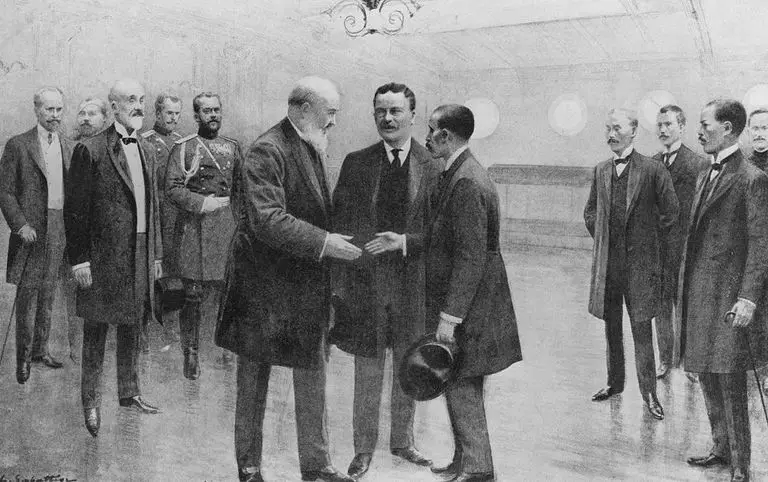
Background to the Dispute between Japan and the USA over immigration
In 1907, President Theodore Roosevelt resolved an immigration dispute between the United States and Japan by negotiating the term “Gentlemen’s Agreement”. The agreement was a diplomatic solution to an immigration disagreement that had been ongoing for many years between the two countries. The policy was implemented in the context of large-scale unease with levels of Asian immigration, especially to the west coast of the USA, with similar concerns being felt in Canada and Mexico.
The issue had been caused especially by the dissatisfaction of Californians at the numbers of Japanese emigrating to the United States. People feared that the movement of Japanese people would lead to the driving down of wages. They also feared that the Japanese would take control of too much farmland.
How Did President Theodore Roosevelt Resolve the dispute with Japan?
The Gentlemen’s Agreement of 1907 was signed in Washington and was a diplomatic solution between the two countries wherein Japan agreed to stop issuing passports to Japanese laborers to go to America. It also prohibited Japanese people from migrating outside of their country and returning. Exemptions were made for certain classes of Japanese business people.
In return, Roosevelt agreed to work with the City of San Francisco to end the segregation of Japanese children from caucasian students in schools.
What were the results of the US-Japan “Gentleman’s Agreement”?
Both the Japanese and American governments held up their sides of the deal, but the Japanese population in the U.S. continued to increase, partyly due to the proviso that Japanese wives were able to immigrate.
The agreement was later replaced with the Immigration Act of 1924, which included more restrictions on movement of immigrants to the United States.
References
- Encyclopædia Britannica. (n.d.). Gentlemen’s Agreement. Britannica Academic. Retrieved August 12, 2021, from https://academic-eb-com.ezproxy.csu.edu.au/levels/collegiate/article/Gentlemens-Agreement/36439
- Michael Patrick Cullinane (2014) The ‘Gentlemen’s’ Agreement – Exclusion by Class, Immigrants & Minorities, 32:2, 139-161, DOI: 10.1080/02619288.2013.860688
